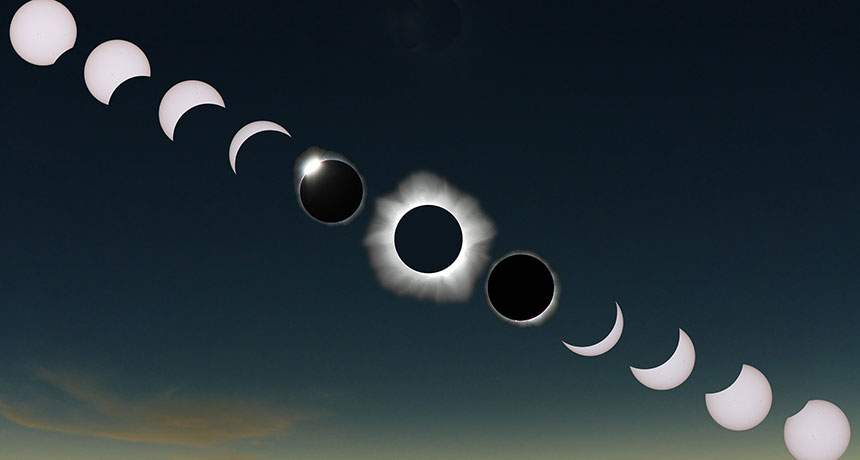
Each day until August 21, astronomy writer Lisa Grossman will explore the top questions scientists will tackle during the 2017 total solar eclipse.
Rick Fienberg/TravelQuest International/Wilderness Travel (CC BY-NC-ND 4.0)

Each day until August 21, astronomy writer Lisa Grossman will explore the top questions scientists will tackle during the 2017 total solar eclipse.
Rick Fienberg/TravelQuest International/Wilderness Travel (CC BY-NC-ND 4.0)